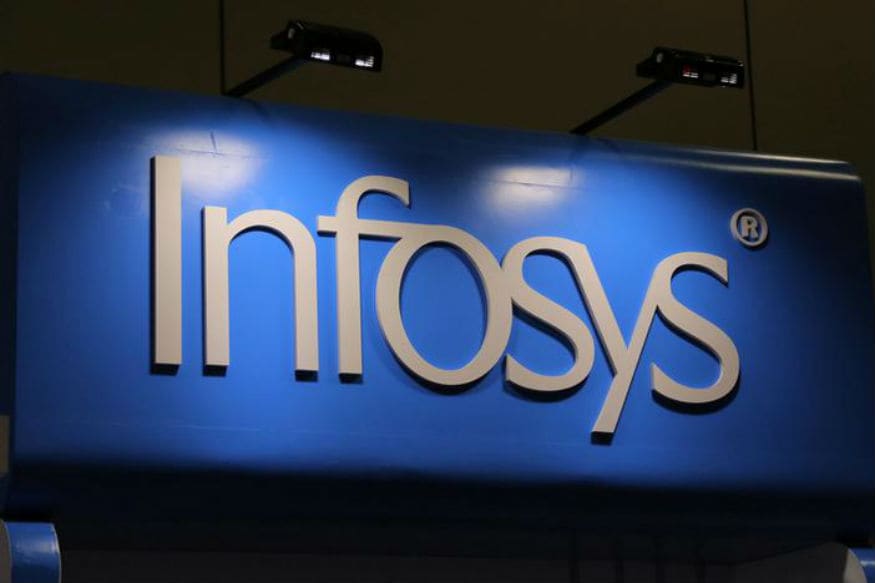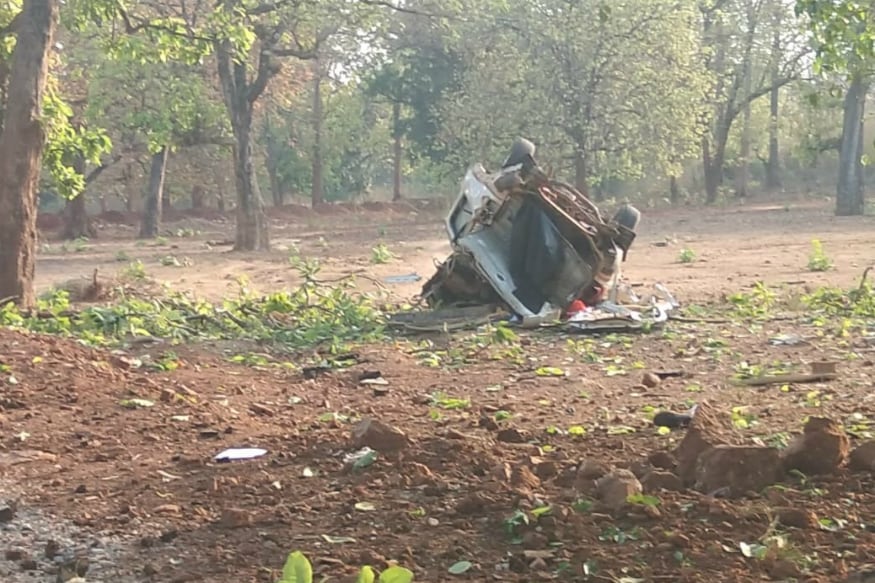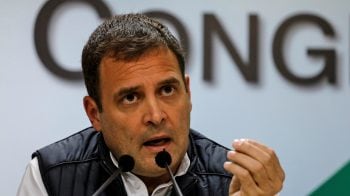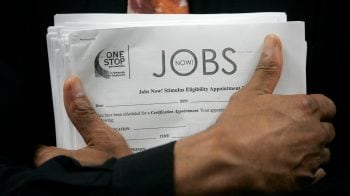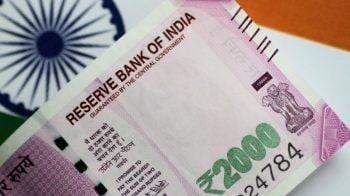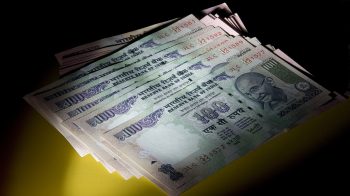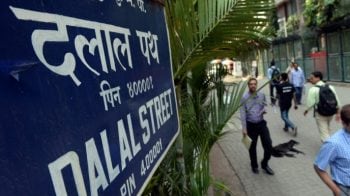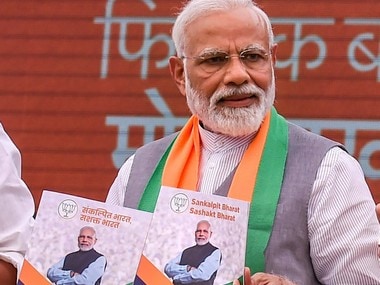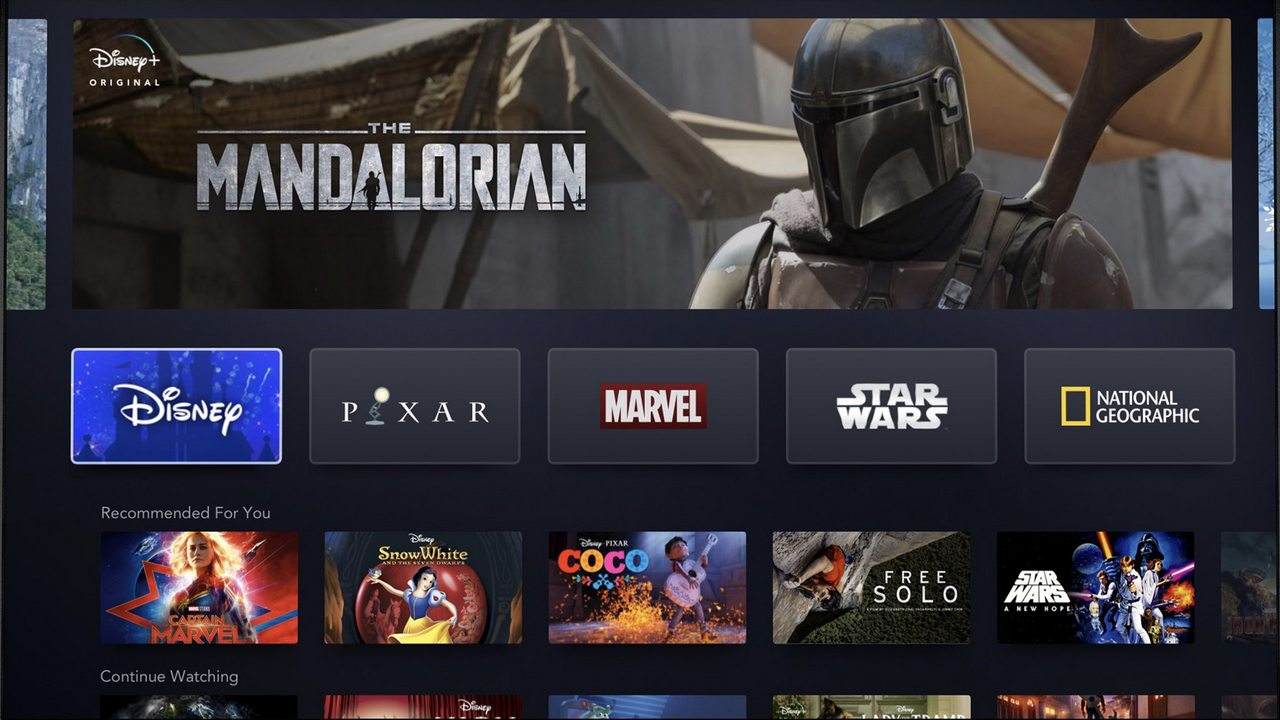Checklist when price to book value becomes a trap: - When the stated value of assets in the books is higher than their realisable value - When a company’s balance sheet contains too many intangibles - When the company has huge contingent liabilities - When a large part of the liability is shifted to the future
The last few months have been a bargain hunters’ market with investors picking up stressed stocks. But many of these bargains could be traps. In a two part series, we dig into the pitfalls of investing in stocks considered cheap based on the price-to-book value metric.
Checklist when price to book value becomes a trap:- When the stated value of assets in the books is higher than their realisable value
- When a company’s balance sheet contains too many intangibles
- When the company has huge contingent liabilities
- When a large part of the liability is shifted to the future
During times of stress in the market, investors hunt for bargains and one valuation yardstick used by most of them is price-to-book value. However, there are many pitfalls of using this measure, often ignored by investors.
We detail seven such ways in which P/B value as a tool of valuation can turn out to be a trap for bargain hunters. The first four are listed below, the rest will be discussed in Part 2.
In the last few years, many companies including Tata Steel, GMR Infrastructure and others took huge write-offs, knocking down the value of assets sitting in their books.
For example, in the September quarter of FY19, Hindustan Construction Company (HCC) reported a net loss of Rs 1,525 crore as against a profit of Rs 11 crore in the year ago quarter as the company wrote off its entire investments in Lavasa -- a subsidiary of HCC, which has been referred to the bankruptcy court. While HCC has a negative net worth and book value, had it happened to any healthy company the book value per share would have dropped significantly.
Tata Steel has written off its investment in Europe and took a hit because of the difference in realisable value compared to its stated value. Companies often indulge in a waiting game, postponing such value erosion till a day when it becomes unbearable. What’s more, not just fixed assets but the value of inventories and receivables too could be inflated in the books.
Case 2: Does the company’s balance sheet show a very large amount of intangibles?In March 2013, a well-known education company, Core Education, saw a big crash in its share price from about Rs 300 to Rs 60 a share, trading at 0.35 times its book value of about Rs 170 per share. Investors who thought it was a bargain relying on its book value lost out, as most of its assets were deployed in intangibles such as goodwill, which amounted to 72 percent of its FY14 net worth. Trading in the stock has currently been suspended and it last traded at Rs 1.77 a share in 2016.
In the Indian context there are many cases where the share of intangibles as a part of capital is high. And since earnings-based valuations are assigned to these companies, share prices drift far from reality.
Sanjay Bakshi, Professor at MDI Gurgaon said, “Ben Graham cites an example in his book. He wrote about a person who owns five trucks and the business is doing well because there is a shortage of trucks and freight rates are high. Now imagine that he wants to sell his business. If the business was a listed company, then it might sell for, say, 15 times earnings in the stock market. But when you multiply earnings by 15, you get a valuation which is three times the replacement cost of the five trucks.”
Bakshi added, “By using this example, Graham showed the dangers of relying on price-to-earnings multiple for valuation in cyclical businesses with low-entry barriers. He wrote that in a private business no one will pay more than the depreciated value of the five trucks because that’s what the businesses is really worth. There might be a small premium for goodwill in the business, but not much. And so Graham recommended the use of asset values as a sanity check over valuations models that only used earnings.” 
A book value which is supported by hard assets compared to intangible assets such as goodwill, trademark, patents and others needs to be factored in. In bad times, like in the case of Kingfisher Airlines, its brand had no real value. In such a case, the book value, which includes intangibles, would be misleading for investors. Hence, it is important to look for hard assets. Book values need to be supported by something tangible such as replacement value.
Citing another instance, Bakshi pointed out, “There are some investors who look at low price-to-replacement cost of assets. Take the example of Bruce Flatt of Brookfield, which follows this philosophy of investing in hard assets. Brookfield is investing in many hard assets in India (pipelines, hotels, etc) today, where the replacement cost is much higher than the price paid even though the current earnings are low."
Case 3: When the company has huge contingent liabilitiesJet Airways, which has negative net worth of Rs 7,139 crore, is sitting on contingent liabilities of over Rs 7,000 crore including several tax demands. Outside the balance sheet, there could be huge contingent liabilities, often overlooked by investors, sitting on its books in the form of corporate guarantees, possible future damages arising out of lawsuits or any other dispute that might result in a financial loss. In view of such liabilities and possible losses, the book value would be inflated, although the stock may be perceived to be cheap based on the stated net worth of the company.
“Companies which do aggressive accounting may resort to such practices of postponing their liabilities. In this case, investors needs to adjust for the potential impact of contingent liabilities to get the actual value,” Amit Mantri, a value investor and Fund Manager with 2point2 Capital PMS, said.

For instance, banks in the past used to restructure their stressed loans or provide fresh loans against stressed loans to a group company to regularise the account so that they can avoid immediate provisioning. When the banking norms changed, these hitherto hidden provisioning requirements made a sudden appearance, which led to severe erosion in the book value of banks.
“Relying on stated book value can be risky because of improper accounting. For example, many state-run banks are today selling at low multiples of stated book value, but the correct book value is much lower," Bakshi added. Such stocks are traps for the unwary investor.
Note: This article was originally published on 5th April 2019 for our premium subscribers. After this, the stock prices have changed and thus the valuation data mentioned in the article are only for the information purpose and needs to be adjusted in the current context
For more research articles, visit our Moneycontrol Research page





























